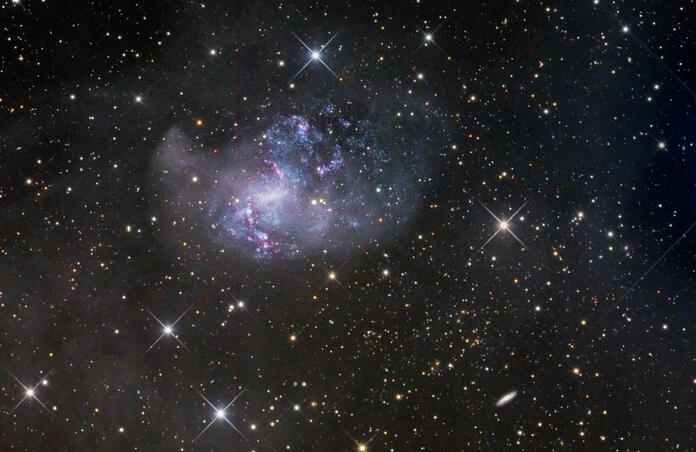What is Drizzle?

Drizzle (or DRIZZLE) is a digital image processing method for the linear reconstruction of undersampled images. It is normally used for the combination of astronomical images and was originally developed for the Hubble Deep Field observations made by the Hubble Space Telescope. The algorithm, known as variable-pixel linear reconstruction, or informally as "Drizzle", preserves photometry and resolution, can weight input images according to the statistical significance of each pixel, and removes the effects of geometric distortion on both image shape and photometry. In addition, it is possible to use drizzling to combine dithered images in the presence of cosmic rays.
Drizzling is commonly used by amateur astrophotographers, particularly for processing large amounts of planetary image data (typically several thousand frames), drizzling in astrophotography applications can also be used to recover higher resolution stills from terrestrial video recordings.[1] According to astrophotographer David Ratledge, "Results using the DRIZZLE command can be spectacular with amateur instruments." ~Wikipedia
If you want to improve your photos and minimize the pixelation in undersampled images, use Drizzle.
It essentially expands the resolution of the original image and then fills in or interpolates the values in-between.
This has the effect of reducing pixelation and smoothing out the edges of the pixels.
To use Drizzle in Pixinsight, first, align your image with Image Registration and be sure to select the checkbox to create Drizzle files.
Next, select the files using the Image Integration process and click the “add Drizzle files” button. (you will not see them added to the list)
Finally, use the Drizzle Integration process and select the .xdrz files created in the previous step and Apply Global. This results in a new integrated frame.
If compared to the original integration, you see a marked difference in reduced pixelation, improving the overall quality of the image.
#### 15SEP2021
NGC 1313 (also known as the Topsy Turvy Galaxy)
Dataset was acquired by Dan Crowson; Processing - Jim DeLillo
This blog post was originally published in our Telescope Live Community.
The Community represents Telescope Live's virtual living room, where people exchange ideas and questions around astrophotography and astronomy.
Join the conversation now to find out more about astrophotography and to improve your observation and post-processing skills!
